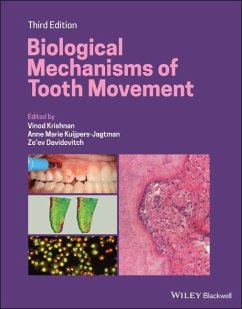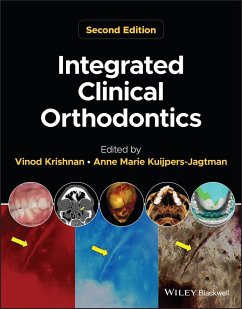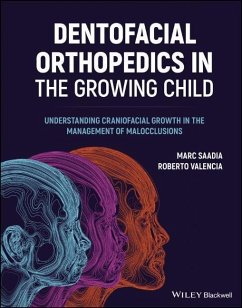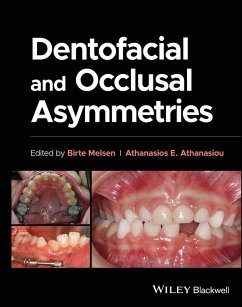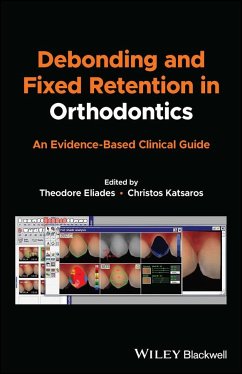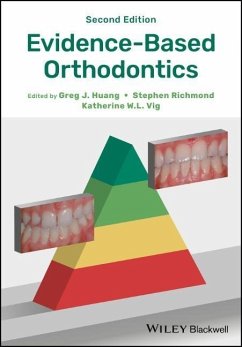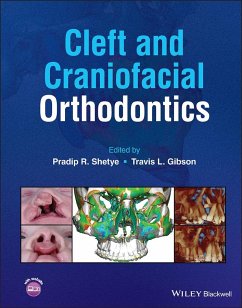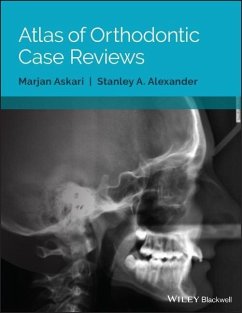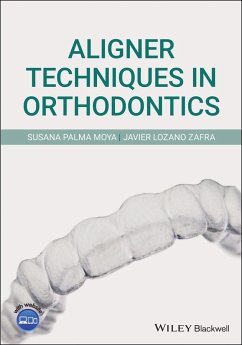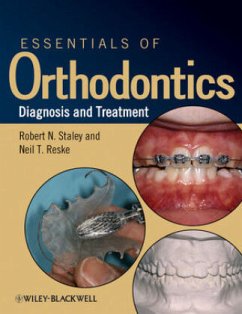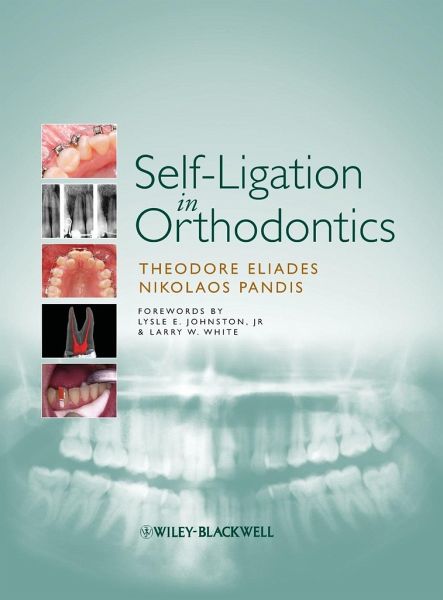
Self-Ligation in Orthodontics
An Evidence-Based Approach to Biomechanics and Treatment
Herausgeber: Pandis, Nikolaos; Eliades, Theodore

PAYBACK Punkte
88 °P sammeln!
Self-Ligation in Orthodontics is a major new text that reviews, analyses and clarifies this exciting development in the field of orthodontics.The book offers an analysis of the basic properties of self-ligating brackets and provides a comprehensive review of their mechanism of engagement with archwires, along with clinical and scientific evidence on their performance. Content spans all relevant aspects of materials, biomechanics and clinical management of self-ligating brackets employing an evidence-based approach. The current state of evidence is reviewed and provided in a wide range of topic...
Self-Ligation in Orthodontics is a major new text that reviews, analyses and clarifies this exciting development in the field of orthodontics.
The book offers an analysis of the basic properties of self-ligating brackets and provides a comprehensive review of their mechanism of engagement with archwires, along with clinical and scientific evidence on their performance. Content spans all relevant aspects of materials, biomechanics and clinical management of self-ligating brackets employing an evidence-based approach. The current state of evidence is reviewed and provided in a wide range of topics pertinent to the design, properties, bonding, efficiency and treatment variables of self-ligating brackets.
Self-Ligation in Orthodontics is also a useful clinical guide that epitomizes the management of self-ligating treatment suggesting important treatment concepts and tips for the practicing clinician.
The book offers an analysis of the basic properties of self-ligating brackets and provides a comprehensive review of their mechanism of engagement with archwires, along with clinical and scientific evidence on their performance. Content spans all relevant aspects of materials, biomechanics and clinical management of self-ligating brackets employing an evidence-based approach. The current state of evidence is reviewed and provided in a wide range of topics pertinent to the design, properties, bonding, efficiency and treatment variables of self-ligating brackets.
Self-Ligation in Orthodontics is also a useful clinical guide that epitomizes the management of self-ligating treatment suggesting important treatment concepts and tips for the practicing clinician.





